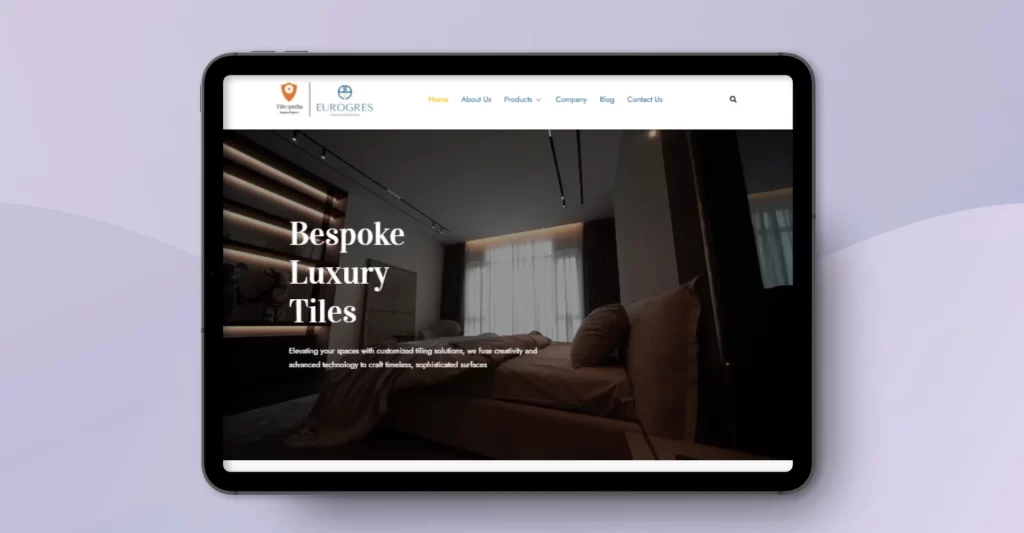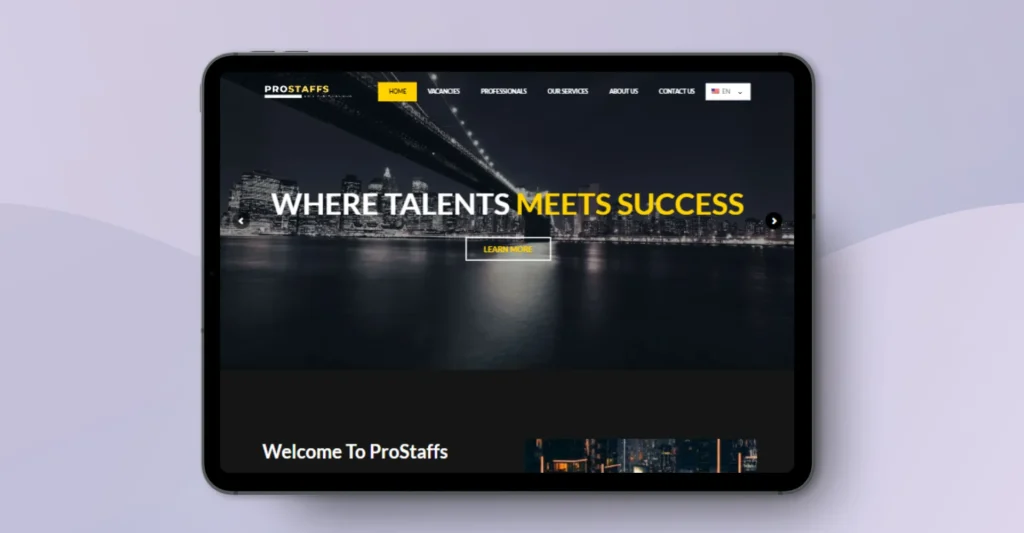
1. User-Friendly Website Design: Navigating Complexity with Simplicity
A User-Friendly Website Design embodies simplicity in complexity. By minimizing clutter and optimizing layouts, users can navigate seamlessly. Human psychology plays a pivotal role; understanding user behaviors helps in creating interfaces that resonate with their expectations.
2. Human-Centered Design: Empathy in Every Interaction
Human-Centered Design is not just a methodology; it’s a philosophy. It involves walking in the user’s shoes, understanding their needs, desires, and pain points. Every color, every button, and every piece of content is curated with empathy, forging a connection that goes beyond pixels and code.
3. Intuitive Web Navigation: Guiding Users with Precision
Intuitive Web Navigation is akin to a well-designed roadmap. It anticipates user actions, leading them seamlessly from one section to another. Clear, concise menus and strategically placed calls-to-action enhance usability, ensuring visitors stay engaged.
4. Accessible Web Design: Inclusivity as a Cornerstone
An Accessible Web Design is one that embraces diversity. It accommodates users with disabilities, ensuring they can navigate, comprehend, and interact effectively. Implementing features such as alternative text for images and keyboard-friendly interfaces broadens the audience, fostering inclusivity.
5. Emotional Website Design: Creating Lasting Impressions
Emotions drive decisions. Emotional Website Design capitalizes on this fundamental truth. Through thoughtful color palettes, evocative imagery, and compelling narratives, websites evoke emotions, creating memorable experiences. Emotional connections translate into brand loyalty and repeat visits.
6. Mobile-Responsive UX: Seamlessness Across Devices
The era of smartphones demands a Mobile-Responsive UX. It’s not merely about resizing elements; it’s about reimagining interactions. Responsive design ensures the website adapts flawlessly across various devices, providing a consistent and enjoyable experience, be it on smartphones, tablets, or desktops.
7. User Testing and Feedback: Refining Perfection Iteratively
The journey toward a flawless user experience is paved with User Testing and Feedback. Real users provide invaluable insights. Usability tests and feedback loops identify pain points, allowing continuous refinement. This iterative approach ensures the website aligns seamlessly with user expectations.
“Even if we do not talk about 5G (specifically), the security talent in general in the country is very sparse at the moment. We need to get more (security) professionals in the system”





